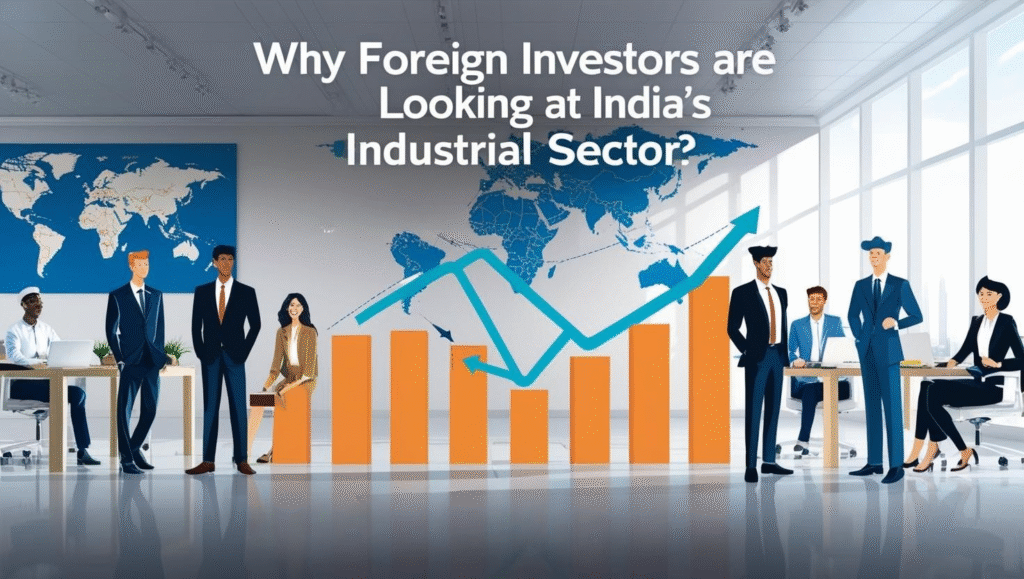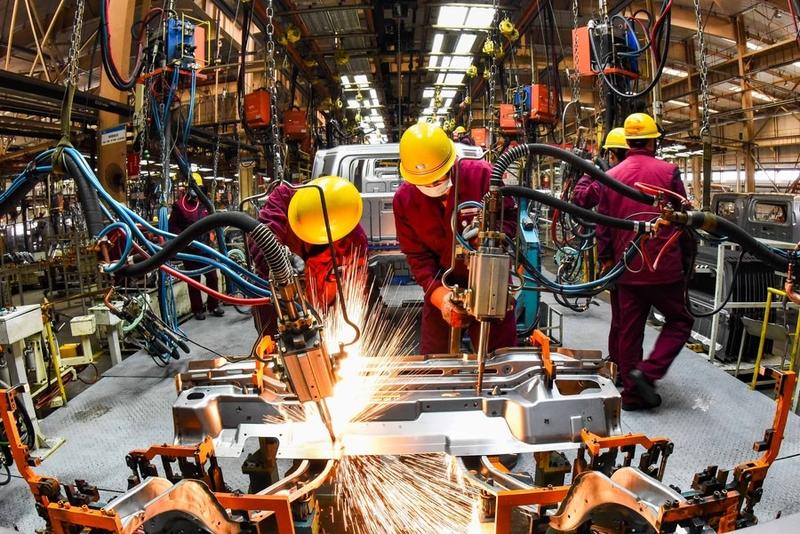
India’s manufacturing industry is seeing an upswing in foreign direct investment (FDI), with international investors increasingly looking to the country as a top destination for manufacturing, logistics, and technology-intensive industries.
With a 2024 GDP growth of 8.4% projected and an improved policy environment, India is taking advantage of global supply chain shifts and its own economic liberalization to attract billions of capital.
But issues such as regulatory complexities and infrastructure deficits continue to be roadblocks to maintaining this momentum.
India’s attractiveness to foreign investors is influenced by a combination of factors. India’s 1.4 billion consumer market, combined with a young, qualified workforce, presents unparalleled scale and cost benefits.
The ‘Make in India’ scheme, introduced in 2014, has increased production in industries such as electronics, pharmaceuticals, and automobiles, with FDI inflows amounting to $667.4 billion between 2014 and 2024, according to the Department for Promotion of Industry and Internal Trade (DPIIT).
The $27 billion Production-Linked Incentive (PLI) scheme has attracted such titans as Apple, which now produces iPhone 14 models in India, and Foxconn, which is building a $1 billion chip factory in Gujarat.
Global supply chain realignments, the “China Plus One” strategy, are rerouting investments to India.
According to a 2023 McKinsey report, 70% of international companies are diversifying out of China because of geopolitical tensions and increasing costs, with India being a leading alternative.
Singapore, the U.S., and Japan are among the biggest investors, accounting for 25%, 18%, and 15% of FDI inflows, respectively, in 2023-24.
Industries such as renewable energy, wherein India installed 26 GW of capacity during 2024, and green hydrogen with a goal of achieving 5 million tonnes by 2030, are luring companies such as TotalEnergies and Adani Green.
Reforms by the government are further boosting India’s investment environment.
National Infrastructure Pipeline (NIP), with $1.8 trillion for 7,500 projects, is enhancing connectivity via highways, Dedicated Freight Corridors (DFCs), and ports.

The National Logistics Policy (NLP) targets reducing logistics expenses from 13-14% to 9-10% of GDP by 2027, bringing India at par with ASEAN economies. Free Trade Agreements (FTAs) with the UAE and Australia, combined with negotiations with the EU and UK, are unveiling export opportunities.
The Union Budget 2024-25 proposal for 100 plug-and-play industrial parks further streamlines establishment for investors, with pre-existing infrastructure and single-window clearances.
Current trends demonstrate this. Walmart’s $3.5 billion investment in Flipkart underscores confidence in India’s e-commerce and logistics potential.
Japan’s Mitsui & Co. is expanding its stake in industrial parks like Chennai’s Mahindra World City, while Singapore’s Temasek is funding renewable energy projects.
A tweet on X by @IndiaBusinessHub reported a 20% increase in FDI inquiries for 2024, as inspired by India’s stable policy climate and digital backbone, such as 5G deployment and the Unified Payments Interface (UPI).
Micro, Small, and Medium Enterprises (MSMEs), which account for 45% of manufacturing output, too are gaining attention. Cluster-based efforts, encouraged by the Cluster Development Programme of the Ministry of MSME, offer common facilities such as testing labs, economizing costs for small producers.
Tamil Nadu’s textile clusters, for example, have been able to attract European buyers making a switch from Bangladesh due to competitive pricing and quality. But there still are problems. Regulatory challenges, such as intricate land purchase procedures and differing state-level compliances, discourage investors.
Gaps in infrastructure like last-mile connectivity and intermittent power supply in Tier 2 cities raise operating expenses.
India’s position at 62 in the World Bank’s Ease of Doing Business Index, while improving, trails behind rivals like Vietnam. Lacking the skills for advanced manufacturing and automation is a threat too, as a paltry 10% of its employees are trained for Industry 4.0 technology, according to a report by Nasscom in 2024.
Environmental issues, especially industrial pollution, need to be in stricter compliance with international ESG (Environmental, Social, Governance) standards.
To keep the investor focus, India has to act with urgency.
Simplifying approvals via digital platforms such as the National Single Window System, increasing vocational training, and embracing green technologies such as solar-powered logistics can make the country competitive.
Public-private partnerships, as in Gujarat’s Dholera Smart City, can push up infrastructure development.
As Commerce Minister Piyush Goyal pointed out, India’s $2 trillion export target by 2030 relies on having an ease of investment ecosystem.
India’s manufacturing sector is at a crossroads, with foreign investors placing their bets on its growth prospects. By fixing regulatory, infrastructural, and skill issues, the nation can establish itself as a hub of global manufacturing.
As the globe reorders its economic agenda, India’s time in the sun has arrived—if it can live up to its potential.
